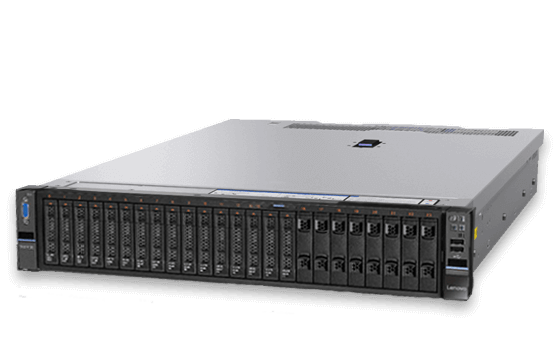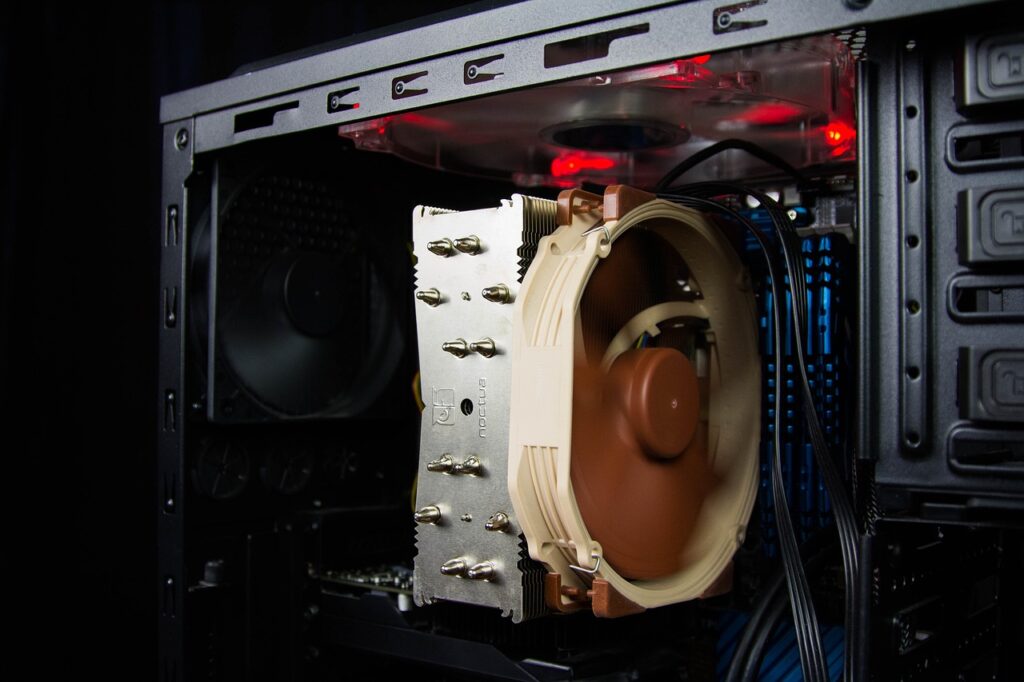Lenovo’s new DX8200D software-defined storage (SDS) appliance with DataCore’s SANsymphony is interesting technologically but also underscores the workings of the Lenovo Data Center Group’s (DCG) partner strategy. In essence, Lenovo designed the DX8200D to exploit the capabilities of existing SAN arrays by virtualizing and pooling heterogeneous storage assets.
Lenovo calls the new solution a “pre-integrated turnkey appliance” and noted that its centralized interface supports data protection, replication, de-duplication, compression, and other enterprise storage capabilities at a much lower price point and with less complexity than traditional solutions. As such, Lenovo customers can use the DX8200D to efficiently scale their storage infrastructures, increase the life/ ease the replacement of existing assets and simplify the transition to SDS.
Based on Lenovo’s System x3650 M5 server, the DX8200D is designed to deliver exceptional response times, availability and utilization. Lenovo and DataCore also said they will work together to pre-test appliances in order to reduce deployment risks and increase time-to-value.
Who are the target customers for the DX8200D? Mainly medium to large enterprises with existing heterogeneous storage infrastructures. Organizations in education, healthcare, industrial and the public sector should find the solution particularly valuable. Along with its SDS capabilities, the DX8200D is a good choice for accelerating analytics, CRM, ERP and transactional workloads, as well as for supporting business continuity and disaster recovery processes.
Final analysis
From a tactical perspective, the DX8200D appears fully capable of delivering all the features and functions the two companies promise. In large part that’s due to it being based on Lenovo’s well-proven System x3650 M5, a rack server introduced early in 2015. Able to support up to 1.5TB of memory and a various HDD and SSD options via its 26 drive bays, the x3650 M5 is an excellent choice for flexible, scalable server-based storage virtualization.
How about Lenovo DCG’s partner strategy? In previous commentaries, I’ve noted how the company’s course differs from competitors. While all system vendors engage in strategic partnerships, quite often those relationships result in acquisitions designed to capture or effect market dominance. HPE’s January purchase of SimpliVity is a good example of that approach.
Alternatively, Lenovo develops relationships with numerous like-minded partners, including infrastructure software players, including DataCore, Nexenta and Cloudian for SDS, and Nutanix and SimpliVity (at least until HPE took it off the board) for hyperconverged solutions. By following this approach, Lenovo has cost-effectively increased the variety and value of its DCG portfolio, and also ensured that customers have access to a range of options for meeting their business and compute requirements.
How Lenovo’s individual partnerships have evolved, including the one with DataCore, is also intriguing. In September 2015 at VMworld, DataCore demonstrated its new parallel I/O software which certified record-breaking performance in the SPC-1 benchmark with a Lenovo System x3650 M5. The following January, Lenovo and DataCore launched three new solutions based on the x3650 M5; an all-flash array, plus application acceleration and storage virtualization appliances.
The following February, the pair said they would create a single stack, adaptive infrastructure solution for SDS utilizing System x3650 M5 servers and SANsymphony software. As part of that plan, DataCore’s CEO committed 20 percent of its total revenues in a related R&D effort focusing on parallel I/O processing, virtual I/O, universal data services, and simplicity/automation features.
The new Lenovo DX8200D with DataCore’s SANsymphony is the result of that effort.
Given the pedigree of the technologies involved, the DX8200D should be entirely capable of delivering the full range of software-defined storage features, functions and value that Lenovo and DataCore have promised. But Lenovo’s DX8200D is also a prime example of how deeply considered partnerships and fully developed strategic collaborations can result in powerful, even unique innovations.
- Dell Concept Luna – Inspiring Sustainable Innovations with Circular Design - December 21, 2023
- AI Alliance: IBM, Meta, Dell and 50+ Founding Partners Pursue Open, Transparent and Safe AI Innovation - December 13, 2023
- Dell Technologies: Creative Partnering = GenAI Innovation - November 30, 2023




How does that work? “Lenovo designed the DX8200D to exploit the capabilities of existing SAN arrays by virtualizing and pooling heterogeneous storage assets.”
Does that mean existing storage assets are controlled by the DX8200D with DataCore software able to manage and add features to them?!
As I understand it, existing storage arrays continue to run and be managed by their own software. When the DX8200D is added in front of them, it virtualizes the existing storage into a single virtual pool that the DataCore software features and capabilities are applied across. The DataCore software does not “reach” into or manage the software running on existing devices. It stays a layer above that.